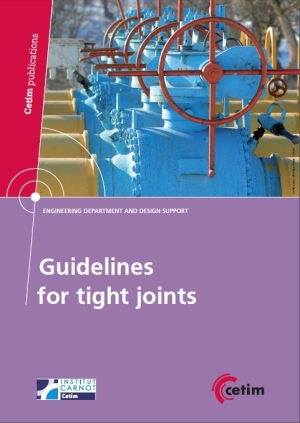Mecatheque
Results of collective works

Guidelines for tight joints
What is the most suitable method for assembly treatment according to the objectives to be met as regards sealing?
Which parameters are actually taken into account in the treatment of assemblies, according to the model used?
Today, this problem is obvious in the industrial world, contrary to what could be observed in the past when emissions to the atmosphere were not the main preoccupation of industrial facility operators... except as regards the nuclear industry. Since then, many factors were involved in reoriented context towards assembly sealing optimisation: the need to ensure equipment service conditions (improving the facility performance levels), to enhance equipment profitability (facility availability and output), to comply with regulations, notably those linked with the environment.
For each existing method, a summary sheet explains the key elements to be implemented. Accordingly, these guidelines equally address attachment/security elements, sealing elements (seals), clamped elements (clamps and flanges), tightening procedures, final checks or “post inspections” inclusive of attachment/security calculations, a description of the main types of seals and their repositories or reference systems for calculation of flanged connections/assemblies with seal.
Updated 03/20/2014



Reserved content
to members
Guidelines for tight joints

Reserved content
to members
Design rules selection tool








